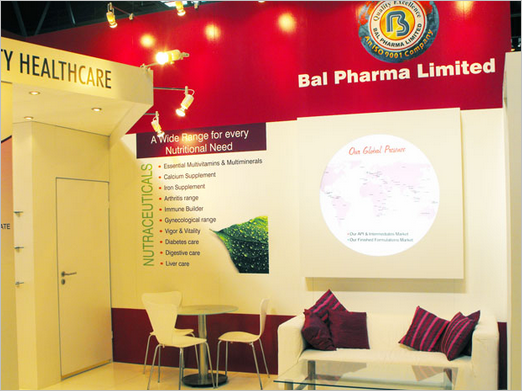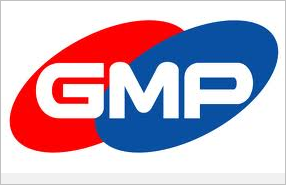In the Middle East gas field development is continuing at a rapid pace, recording an average annual growth rate of about 9% between 2000 and 2011, according to the International Energy Agency. Qatar and Iran represent almost 60% of the total regional supply. As ethane and liquefied petroleum
gas (LPG) are good feedstocks for petrochemical plants as well as condensates for refineries,
the recovery of liquids from natural gas is an added value.
It is worth noting that a typical regional condensate such as North Field Condensate (NFC) – being light (°API 57.95), sweet (0.23% sulfur content), and low in metals content – is an excellent raw material for a hydroskimming refinery. In addition, growing availability of feedstocks and low-priced
natural gas provide competitive advantages for additional capacities in the Middle East.
Strong growth of petrochemical and oil demand in Asia, driven mainly by increasing population and high economic performance, is making this area an attractive market for major players. According to the latest release of the ICIS database (2013), oil consumption is expected to increase at a higher rate than supply, resulting in a growing deficit over the next few years.
Based on 2012 statistical trade data, northeast Asia shows a deficit of about 950,000 tonnes of mixed xylenes while maintaining a surplus of benzene (577,000 tonnes) and toluene (almost 260,000 tonnes). The SAP region records a shortage of 165,000 tonnes of toluene, a surplus of benzene (753,000 tonnes) and mixed xylenes (almost 70,000 tonnes). In addition, the spread between benzene, toluene, xylene (BTX) demand and supply should grow over the next few years unless additional
investments are made in petrochemical capacity.
Therefore,in this context, it is interesting to analyse a hypothetical hydroskimming refinery located in the Middle East and exportoriented towards the Asian market. For this type of plant, reformate represents the key interface between the refinery and petrochemical plant, as it is the most important
component for gasoline blending as well as a precious feedstock for BTX production
























